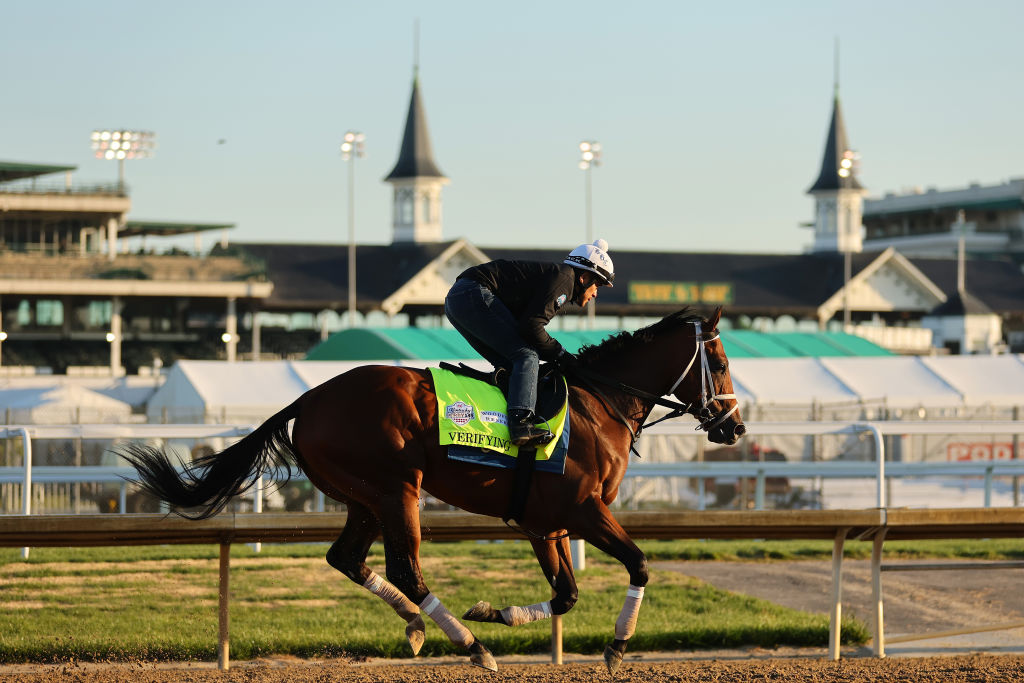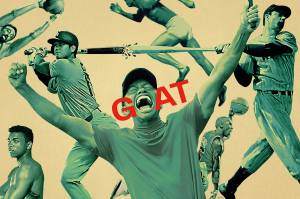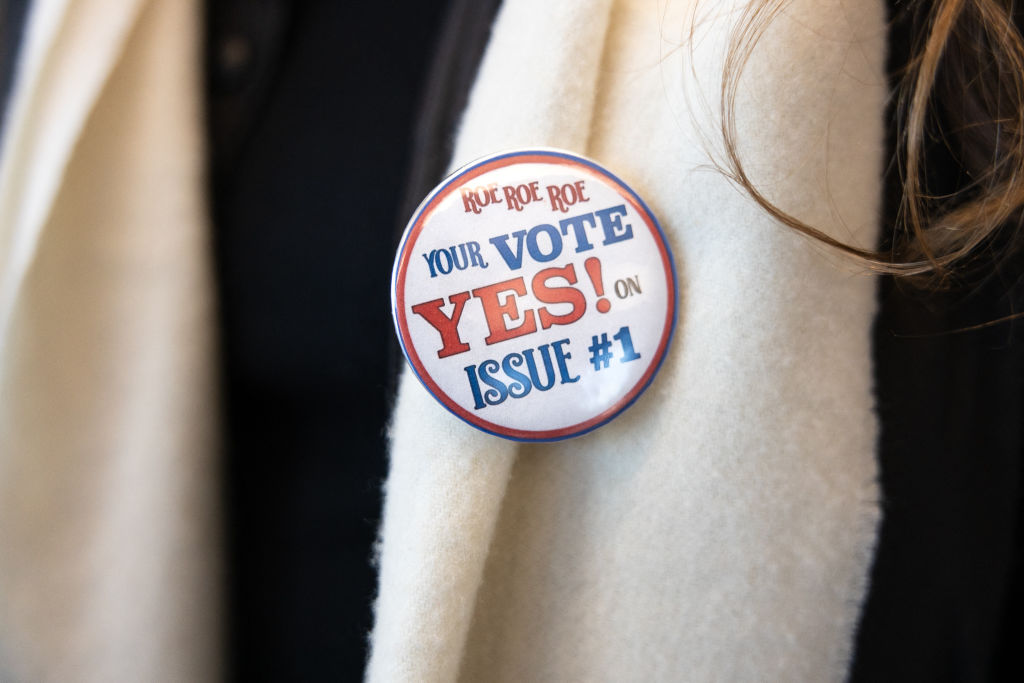Tomorrow is one of the best days of the year, Kentucky Derby Day. It means spring is really, finally, officially here, because whatever the weather, how can you not feel balmy and cheerful when you’re balancing assorted plumage on your head and have a fourth Mint Julep in your hand?
This year’s Derby, however, is off to a dark start. Four horses have died this week at Churchill Downs; two sustained life-ending injuries and two others collapsed and died suddenly for unexplained reasons. The trainer of the latter two horses, Saffie Joseph Jr., was banished from the weekend after scratching all but one of his other entrants. The deaths are under investigation, and though drugs have not yet been named as a culprit, a debate over medicating racehorses has been raging for years — and will no doubt be revived this weekend.
The Triple Crown is one of those spectacular traditions that celebrates the best America has to offer: capitalism, competition and, as I wrote on my return from the Derby a few years ago, a spectacular collision of the classes (and not just in the sloppy and decadent infield). It’s thrilling to watch, both the racing — a tiny man mastering a majestic beast — and the pageantry (who isn’t in a good mood at the Derby?). Yet horse racing, like a lot of things that require people to get dressed and leave their houses, is a dying sport. The New York Times posited a few years ago that part of horse racing’s problem is the public’s perception of “the treatment of the animals — before, during and after racing.”
“You are now dealing with a public that has become intolerant of broken bones, whipping, drugging and death,” Kathy Guillermo, a PETA vice president, told the Times.
I adore horse racing and the culture that surrounds it, and I am certainly no patron of PETA. Nor am I a horse expert in any way. But the repeated deaths of three-year-old horses is unjustifiable. After thirty horses died at Santa Anita Park during the first half of the 2018-2019 season, the California Horse Racing Board called for the Park’s season to end early. The Park refused, and a total of thirty-nine horses died that year, a number that, as LAist reported, “is actually low compared with recent years.” The year before, forty-four horses had died, and in preceding years, the number reached into the sixties.
Renowned trainer Bob Baffert seemed to imply that such deaths are not out of the ordinary, telling NPR at the time, “You don’t have to burn the house down just because the pipes are bad. We’re going to work through this. But I really think the weather, really, caused a lot of this.”
Dr. Rick Arthur, equine medical director at the School of Veterinary Medicine at the University of California, Davis (he’s quoted in just about every article you’ll read on this topic), has explained how with fewer horses racing nowadays, there is “more pressure on the horses to race more frequently.” So racehorses are given therapeutic drugs — no longer cocaine and heroin, but anti-inflammatories, muscle relaxants, painkillers, and, until recently, Lasix, which the Courier-Journal explains is “used by veterinarians in horse racing to prevent respiratory bleeding in horses running at high speed,” “can lead to dehydration and is a masking agent for other drugs,” and “is generally prohibited as a race-day medication in other countries.”
In 2021, Lasix was banned on race day of the Kentucky Derby, the Preakness and the Belmont Stakes. (It has also been banned at Santa Anita.) Yet since 1986, reports bloodhorse.com, more than 80 percent of Derby starters have raced on Lasix, and 95 percent of them have been on the drug since 1997. Trainers like Lasix in part because it makes horses lose fluid and race lighter, yet is it necessary to prevent hemorrhaging? NPR points to a research paper conducted by The Jockey Club, which found that “somewhat less than 10 percent of the [racehorse] population is actually adversely affected by exercise induced pulmonary hemorrhage (EPIH), whereas approximately 95 percent of all racehorses are treated with Lasix.”
Drugging up a horse so it doesn’t feel pain or get blood in its lungs when it runs really fast doesn’t sit right with me, and the injuries and deaths of those four Churchill Downs horses, and those endured by Barbaro and Eight Bells and others before them, is heartbreaking. Writing for the Horse, Chris Riggs, director of the Hong Kong Jockey Club Equine Welfare Research Foundation, makes the most sensible argument for drug-free horse racing I’ve come across. Essentially, he says, drugs mask not only injuries, causing horses to run when they shouldn’t and hurt themselves further, but heredity conditions, too, including EIPH, that are being bred into increasingly fragile horses.
As the art of horseracing struggles to survive, it seems only reasonable that the industry take Riggs’s conclusion to heart and continue phasing out drugs in racing: “Society will undoubtedly question the morality of a sport involving animals that depends on medication.”
Let’s hope it isn’t too late for the horses or the sport.

























